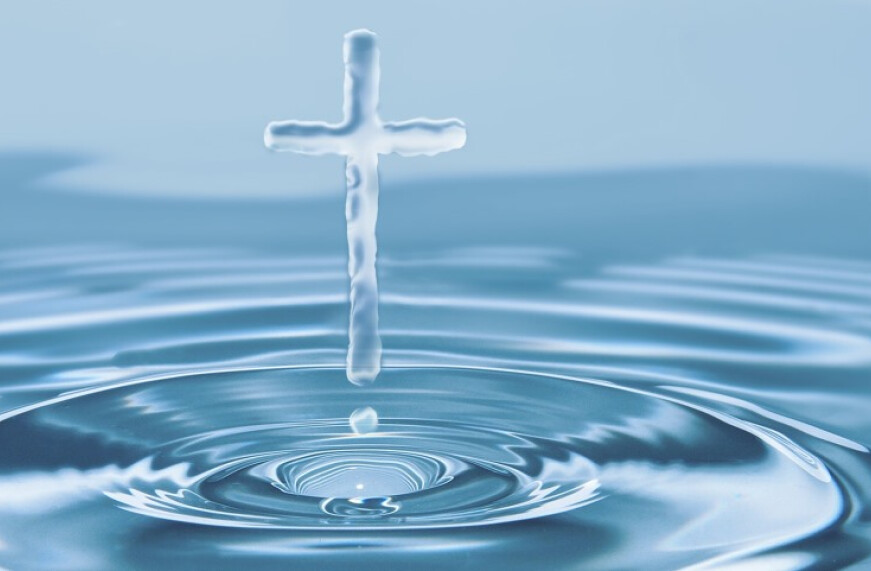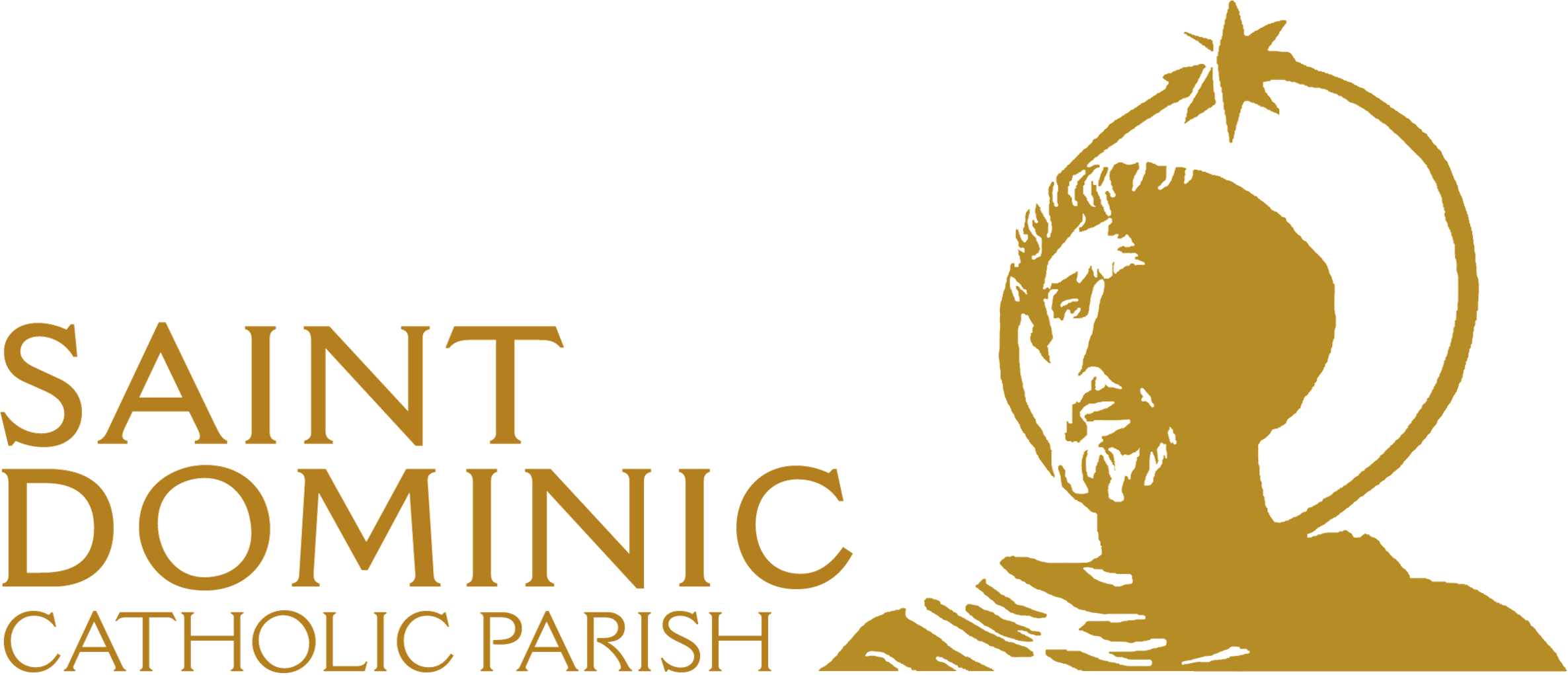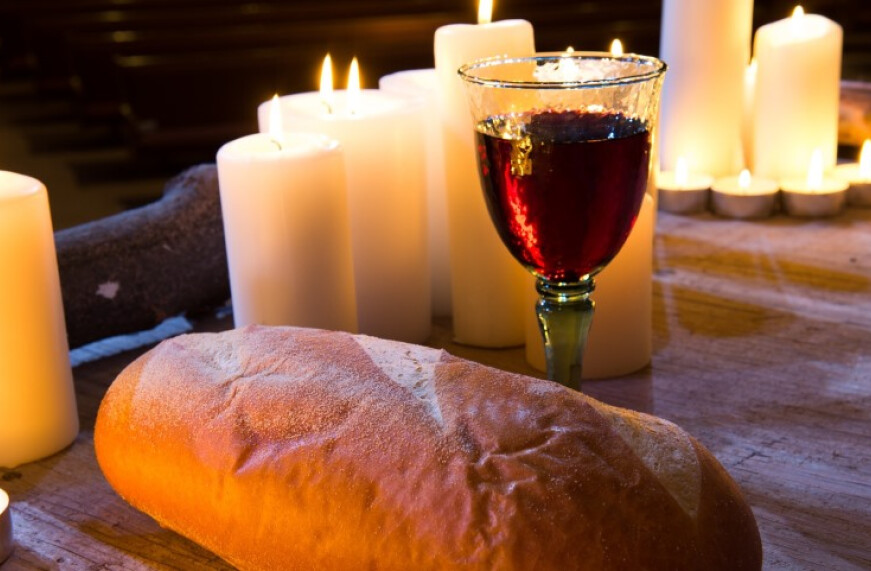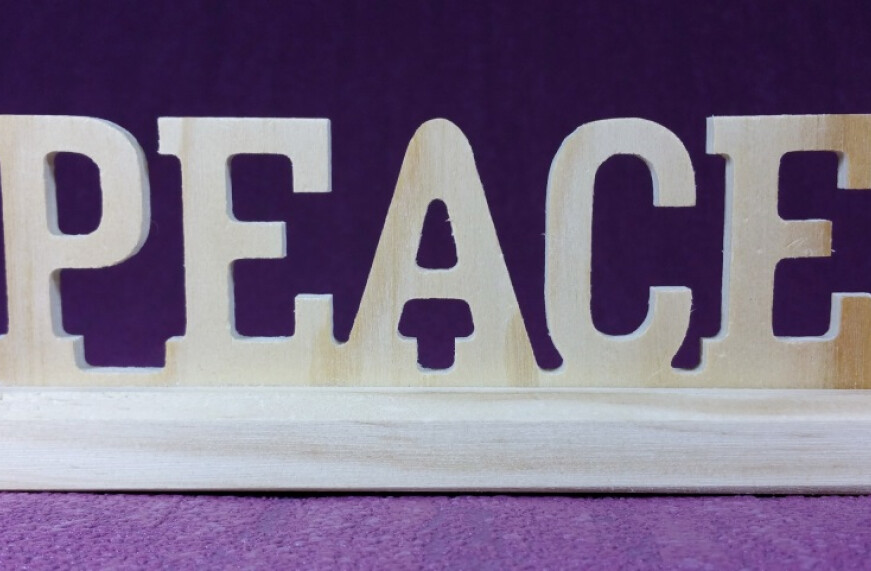Water

Water is used two times during the Mass, not counting when I purify my chalice. The first time we use water is during the offertory when the gifts of bread and wine are brought forth. There is a moment that you have probably seen, when the priest or deacon pours a small drop of water in the chalice with the wine.
The wine in this moment represents the divinity of Jesus, that he is God, the water represents our humanity, so that as they are mingled together you cannot distinguish the two. It is reflection on the mystery we celebrate every Christmas when God became man, he took on our humanness and in a sense allowed us to take on his godliness. Now this as you can understand this is not an equal trade, getting godliness is much better than humanness, which is the reason why we use a cupful of wine, but only a small drop of water. We do not use equal parts.
And this is reflected in the prayer the priest or deacon says quietly as he pours the water into the wine. He prays, “Through the mystery of this water and wine, may we come to share in the divinity of Christ (represented by the wine), as he humbled himself to share in our humanity (represented by the water)”.
The second time water is used is when the priest washes his hands right before the consecration. And this done for more reason than just proper hygiene. The clue again is found in the quiet prayer the priest says as he washes his hands. He prays, “Wash me, O Lord, from my iniquity and cleanse me from my sin”.
The priest, knowing he is a sinful man, prays to God that he may make him both clean on the outside and on the inside. For as we know looking holy and being holy do not always match up. The priest washes his physical hands so that he may be clean before holding the Body and Blood of Jesus and he prays for his soul to be washed before he consumes and receives the Body and Blood of Jesus.


